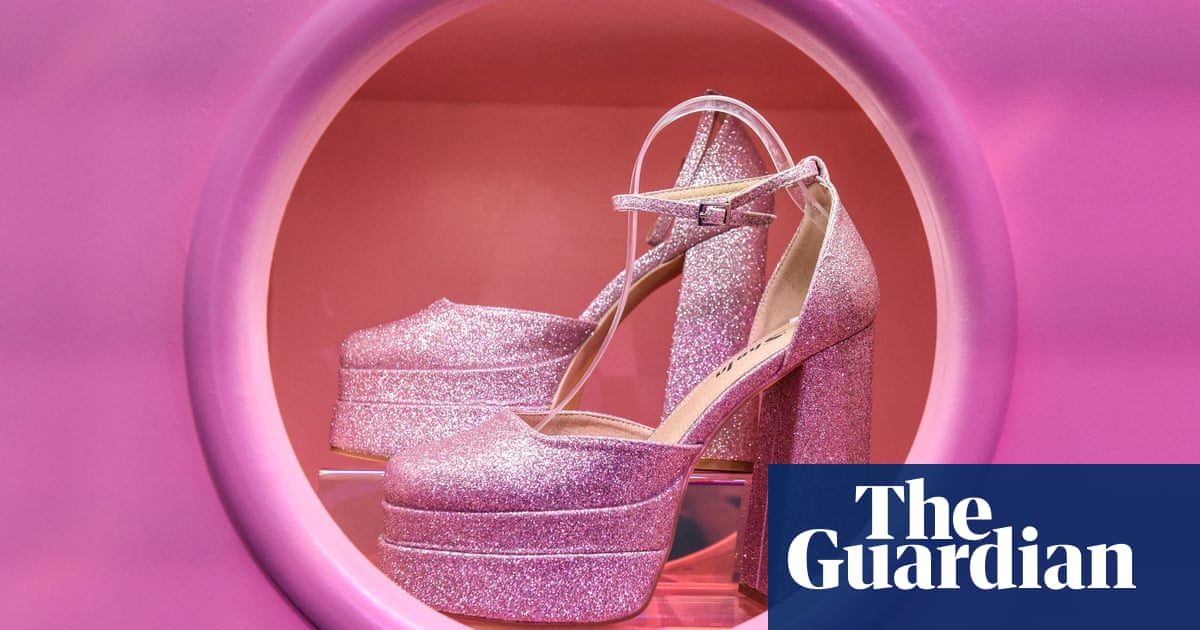‘Super cute please like’: the unstoppable rise of Shein

🌈 Abstract
The article explores the rise of the fast-fashion retailer Shein and its impact on the fashion industry, consumer behavior, and sustainability. It delves into the company's business model, marketing strategies, and the controversies surrounding its labor and environmental practices. The article also reflects on the author's personal experiences with fast fashion and the broader societal implications of the industry.
🙋 Q&A
[01] The Rise of Shein
1. What are the key factors that have contributed to Shein's rapid growth and success?
- Shein's ability to rapidly design, manufacture, and deliver new products to meet consumer demand
- Its use of data analytics and automation to identify and respond to trending products
- Extensive influencer marketing and social media presence to drive brand awareness and sales
- Low overhead costs and ability to undercut competitors on pricing
2. How does Shein's business model differ from traditional fast-fashion retailers like Zara?
- Shein has an even faster production and delivery timeline, with the ability to list over 1 million new products per year
- Shein relies more heavily on an online-only model without physical retail stores
- Shein works with a vast network of over 6,000 factories, many concentrated in a single geographic area
[02] Controversies and Criticisms
1. What are the main labor and environmental concerns raised about Shein's practices?
- Reports of poor working conditions and low wages in Shein's supplier factories
- Use of materials like polyester and spandex that are difficult to recycle or decompose
- Allegations of sourcing cotton from the Xinjiang region of China, where forced labor has been documented
2. How do the author's personal experiences with Shein clothing reflect the broader issues with fast fashion?
- The author finds the Shein clothing to be of poor quality and not very wearable, yet the low cost makes it difficult to justify the effort to return or dispose of the items
- This speaks to the broader issue of overconsumption and the environmental impact of fast fashion, where clothes are treated as disposable
[03] The Broader Context of Fast Fashion
1. How does the author situate Shein within the larger fast-fashion industry and consumer culture?
- The author acknowledges that Shein did not invent fast fashion, but is an extreme example of the industry's practices
- The author reflects on their own history with fast fashion, from the initial excitement to the growing awareness of the ethical and environmental concerns
- The author notes that fast fashion is often the only affordable option for many consumers, and that the desire for new clothing is a powerful cultural force
2. What nuances does the author introduce regarding the criticism of Shein and fast fashion?
- The author suggests that Shein may face unfair criticism due to anti-China sentiment, and that similar practices at Western-owned fast-fashion brands are not scrutinized as heavily
- The author acknowledges the complexity of the issue, recognizing that overconsumption and poor labor practices exist across the entire fashion industry, not just at Shein
</output_format>